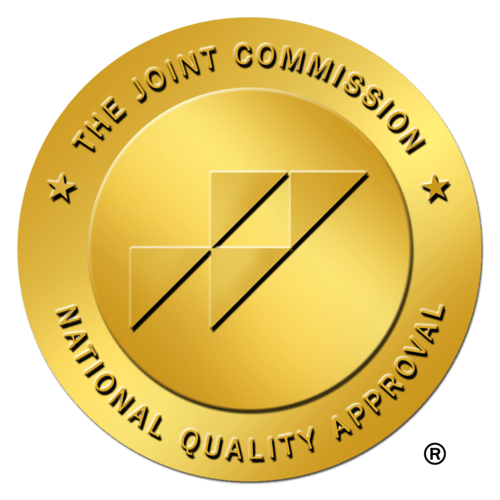
The adage, “necessity is the mother of invention”, was fully demonstrated during the pandemic. There is general agreement that the pandemic accelerated telemedicine adoption trends. However, a less discussed trend involved actions to increase clinical professional supply through the removal of artificial barriers:
- Reducing regulatory and licensing hurdles to practice;
- Streamlining unnecessary credentialing and “onboarding” bureaucracy; and
- Supporting clinical professional flexibility and personal needs.
The reduction of artificial barriers increased the latent supply of clinical professionals in many markets. For example, experienced, late-career inpatient nurses were able to pick up a few float pool shifts a month while working full-time in an ambulatory setting, mid-career professionals left full-time positions for traveler agencies, and early-stage clinical professionals were offered hands-on opportunities to climb the clinical education ladder.
Traditional healthcare staffing pitfalls
Unfortunately, the unintentional side effect was the ballooning of costs and burnout. Traveler agencies and large staffing organizations gained inordinate market power, resulting in increased labor costs. As the financial pressure reached a tipping point for many systems, some - but not all - started to support going back to traditional full-time employment models that correlated with strict, static staffing models that reinforce employee career dissatisfaction, operational friction, and burnout.
However, some leading, innovative health systems have recognized the futile nature of going backward to full-time centric models to fight the ongoing and expensive clinical supply wars. Their goal was to continue to attract professionals in a manner that reduced artificial barriers, was consistent with how they wanted to work, while still managing costs. The systems that pursued this approach did five things:
- Developed a staffing philosophy that balanced full time with local on-demand per diem staff;
- Encouraged corporate shared services (HR, legal, education, etc.) to continue to innovate and reduce barriers to accessing and onboarding labor;
- Enhanced change management resources to support the shift to new labor models;
- Partnered with a marketplace technology platform to curate a direct, lower cost pool of local labor resources thereby reducing reliance on agencies or traveler companies.
- Fostered continued adoption of telemedicine, automation, and logistic technologies to revolutionize and move toward non-site-specific care.
When other systems adopt the five aforementioned actions, this will dramatically lower labor costs and the ability to serve patients. By reducing unnecessary “middle-men” and curating technology access to local resources directly, organizations fundamentally reduce costs and create a local labor ecosystem that is sustainable and more attractive to professionals who want to choose how, when, and where they work.
Exploring what is next, as the evolution of on-demand labor marketplace technology platforms continues, it will also enable the continued adoption of care models away from in-person sites of care. The next frontier? The ability to fill the chasm of care between telemedicine and inpatient/ambulatory in-person care:
Telemedicine + transportation logistics + on-demand labor marketplaces
The combination of these platforms will be the next natural evolutionary step for our industry that will finally enable the Great Untethering from traditional sites of care.
--
To download the MH print article, click here.






